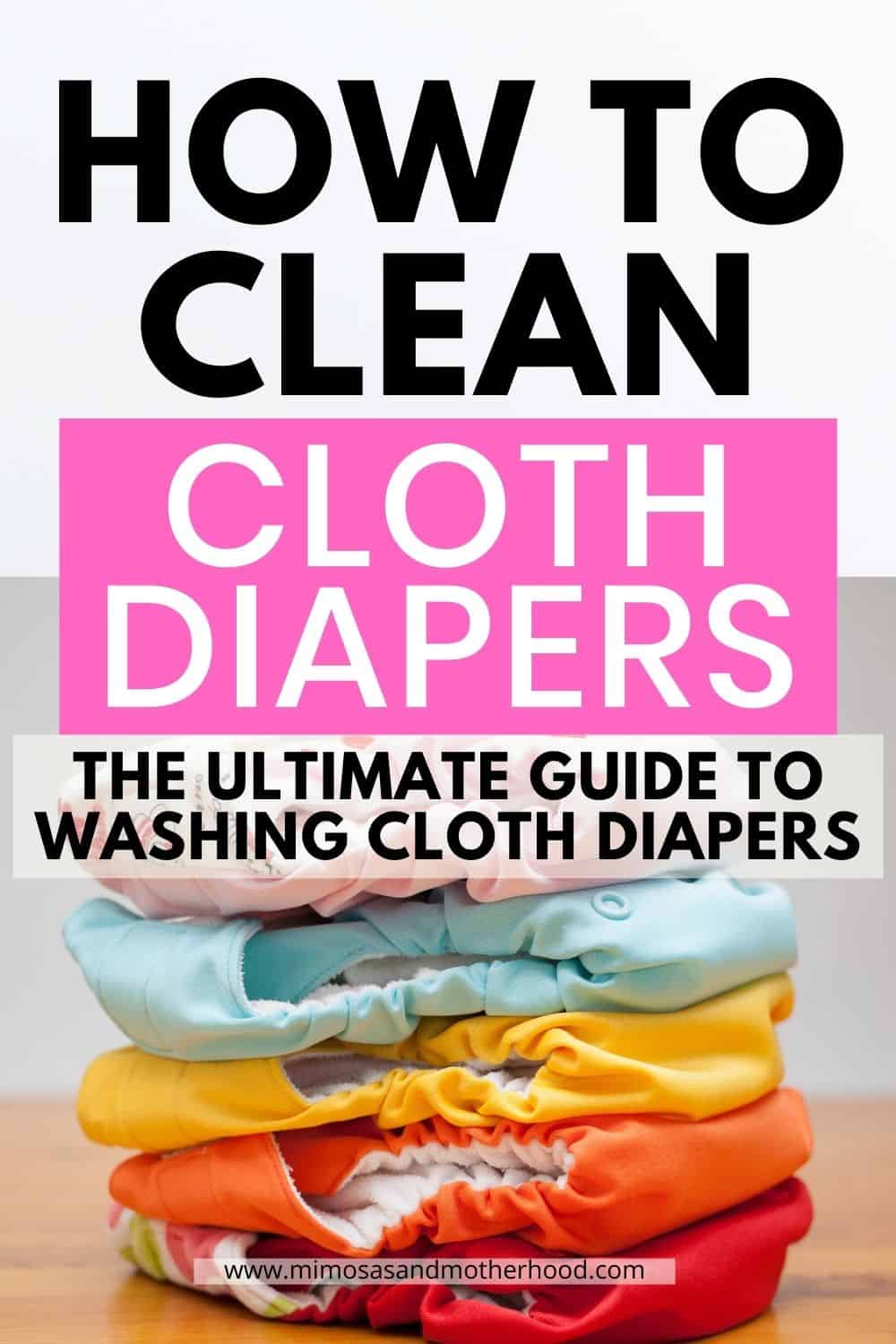How to Clean Copper Coins Without Damaging Them
Have a child always finding treasures on the ground? Turns out there are multiple ways to clean corroded pennies and make them sparkle again. Here are 5 kid-safe ways to clean copper coins without damaging them!

If you have little ones, you’ve probably noticed their love for collecting tiny treasures—especially pennies! There’s something magical about finding a shiny copper coin on the ground, and children seem to have a special radar for spotting them.
But as fun as it is to pick up these little pieces of history, pennies often come with years of dirt and grime, and a dirty penny won’t get clean and sparkly in plain soapy water. So how can you clean them safely without damaging their surface?
In this guide, we’ll walk through the best ways to clean copper coins while keeping them intact. Plus, we’ll explore how this can be turned into an engaging, hands-on learning activity for young children!
Note: Some links may be affiliate links. That means I may make a commission if you use my links to purchase, at no extra added cost to you! I only recommend products that I personally love and believe in. Full disclaimer here.
Why Clean Pennies?
Copper coins, especially older ones, tarnish over time due to oxidation. This is why a shiny new penny turns dull and brown as it ages.
While some coin collectors prefer to keep pennies in their natural state, kids love to see them sparkle. Cleaning pennies can be a great way to teach children about science, history, and the value of money—all while satisfying their curiosity.
However, if you happen to have rare or valuable coins (or some ancient coins in your own collection), it’s best not to clean them, as it can reduce their numismatic value. For everyday pocket change and found pennies, though, a good cleaning can be both satisfying and fun!

The 5 Best Methods for Cleaning Copper Coins
Before you start, gather some dirty pennies and try these safe and effective cleaning techniques with your kids. Each method offers a little science lesson, making this activity both fun and educational!
1. The Vinegar and Salt Method (Best for Quick Cleaning)
This method is simple, non-toxic, and perfect for kids to observe some cool chemistry in action and is a very safe method to try with young kids.
What You’ll Need:
- ½ cup white vinegar
- 1 teaspoon salt
- A small bowl
- A spoon
- A soft cloth or paper towel
How to Do It:
- Pour the vinegar into a small container or bowl and mix in the salt until dissolved.
- Drop a few dirty pennies into the mixture and let them sit for about 5 minutes.
- Swirl them around occasionally to speed up the process.
- Remove the pennies and rinse them under water.
- Dry them with a soft cloth or paper towel.
The Science Behind It: The acid in the vinegar dissolves copper oxide (the dull coating on pennies), while the salt helps speed up the reaction.
2. The Lemon Juice Method (Another Natural Cleaner)
Lemon juice, like vinegar, contains acid that helps remove oxidation and restore shine.
What You’ll Need:
- Fresh lemon juice (or bottled)
- A small bowl
- A toothbrush
- A soft cloth
How to Do It:
- Squeeze enough lemon juice into a bowl to submerge the pennies.
- Let the dirty coins soak for 5-10 minutes.
- Use a soft toothbrush to gently scrub any stubborn dirt on the surface of the coin.
- Rinse the pennies with water and dry with a soft cloth.
Why It Works: The citric acid in lemon juice breaks down tarnish, making your pennies gleam again. No toothbrush? You can try a cotton swab!
3. The Baking Soda Paste Method (For Gentle Scrubbing)
If you’re looking for a method that doesn’t involve soaking, baking soda is a great mild abrasive that can clean pennies without scratching them.
What You’ll Need:
- 1 tablespoon baking soda
- A few drops of warm water
- A soft toothbrush or cloth
How to Do It:
- Mix a little warm water into the baking soda to form a paste.
- Use a toothbrush or soft cloth to rub the paste onto the copper penny.
- Rinse the pennies thoroughly under water.
- Dry them completely.
Why It Works: Baking soda is a mild abrasive that gently removes dirt and oxidation without harsh chemicals.
4. The Ketchup Method (Surprisingly Effective!)
It might sound strange, but ketchup can clean pennies thanks to the combination of vinegar and tomato acids.
What You’ll Need:
- Ketchup
- A small dish
- A soft toothbrush
How to Do It:
- Place coins onto a plate or tray and squeeze a little ketchup onto the pennies.
- Let them sit for 5-10 minutes.
- Use a toothbrush to scrub gently.
- Rinse and dry.
The Science Behind It: The acids in ketchup dissolve the brown oxidation, while the thick texture allows it to cling to the coins for easy cleaning. Ketchup is the safest method on this list!
5. The Hydrogen Peroxide Method (For Deep Cleaning)
Hydrogen peroxide is a mild disinfectant that can help remove grime and bacteria from pennies without damaging them.
What You’ll Need:
- Hydrogen peroxide
- A small bowl
- An old toothbrush
- A soft cloth (like a microfiber cloth or old rag)
How to Do It:
- Pour enough hydrogen peroxide into a bowl to fully submerge the pennies.
- Let them soak for about 10-15 minutes.
- Use a soft toothbrush to gently scrub any stubborn dirt in small circular motions on each side of the coin.
- Rinse the pennies with water and dry with a soft cloth.
Why It Works: Hydrogen peroxide helps break down organic material and loosens dirt, making it easier to remove while also disinfecting the coins.

Making It a Fun Learning Experience for Kids
1. Turn It Into a Science Experiment
- Ask kids to predict which method will work best before trying them all.
- Let them observe the changes and discuss why some methods are faster than others.
- Talk about different chemical reactions that happen when cleaning coins.
2. Teach About Money History
- Look at the years on the pennies and talk about what happened in those years.
- Explain how pennies have changed over time in design and composition.
3. Create a “Shiny Penny” Jar
- Keep the newly cleaned pennies in a special jar to use for future crafts or savings.
- Use them as rewards for good behavior or small accomplishments.
Final Tips for Safe Cleaning
- Always supervise young children when handling vinegar, lemon juice, hydrogen peroxide or small objects like pennies.
- Avoid using strong chemicals like bleach or commercial metal cleaners, as they can damage coins and be unsafe for kids. Chemical cleaners are not recommended to clean coins with kids.
- If you have very old pennies (pre-1982), handle them with extra care since they are made mostly of copper and can be more delicate.
You might also enjoy these articles:
How to Clean Cloth Shoes (Fabric, Canvas)
Cleaning Pennies Can Be a Fun and Educational Activity for Moms and Kids
Cleaning pennies isn’t just about making them shine—it’s also an opportunity for hands-on learning, bonding time, and a deeper appreciation for the small things in life (literally!). The next time your child finds a lucky penny on the ground, you’ll have the perfect activity to do together.
No matter which of the above methods you try to remove the old patina or grime, remember that the techniques we shared aren’t recommended for collectible coins. If you’re worried, it’s a good idea before cleaning coins to find out the value of your coins first. Very old coppers in general might be harder to clean.
So gather those little treasures, get out the vinegar and baking soda, and enjoy a fun, educational moment with your child—one shiny penny at a time! Let us know in the comments which cleaning method you try, and how it works. Good luck!
Did you enjoy this article? Use the image below to pin it on Pinterest to help other families find this useful information, too!







